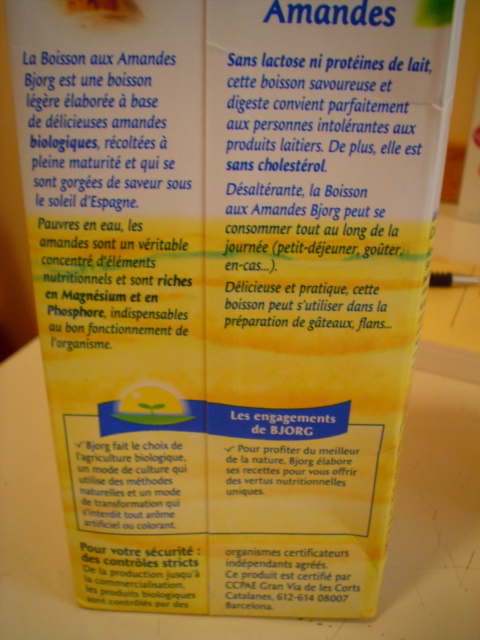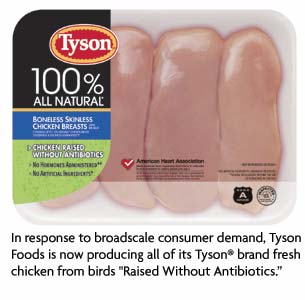 President Bush met with the import safety working group yesterday and stressed,
President Bush met with the import safety working group yesterday and stressed,
"I’ve called together key members of my Cabinet to review the procedures in place, the regulations in place, the practices in place to make sure that our food supply remains the safest in the world. The world is changing, and in order to make sure that we can continue to have the confidence of our consumers, that we will continually review practices and procedures to assure the American consumer."
Uh oh. The world’s safest food supply? Where’s the data to back up that claim? Politicians in Canada, U.K., France, Australia and New Zealand have all at some point claimed that theirs is the world’s safest food supply.
Some of them are wrong.
And while it’s important to focus on imports, don’t forget to keep the home fires burning. As I said in USA Today this morning,
While it may be "psychologically comforting to blame others," what the U.S. needs is farm-to-fork food safety, said Douglas Powell, director of the International Food Safety Network at Kansas State University. "Imports are a problem. So is food produced in the U.S. One should not distract from another."

 A
A  And now, with 100 posts on
And now, with 100 posts on  small group of individuals passionately committed to reducing the incidence of foodborne illness. Wireless instead of dial-up means that we work in our living rooms or rooms around the world. And we have nicer Macs now.
small group of individuals passionately committed to reducing the incidence of foodborne illness. Wireless instead of dial-up means that we work in our living rooms or rooms around the world. And we have nicer Macs now.
 That was the title of a talk I gave at the International Association for Food Protection annual meeting this morning in Orlando.
That was the title of a talk I gave at the International Association for Food Protection annual meeting this morning in Orlando.
 Despite the protestations of grocers and manufacturers and producers, food is already extensively marketed and differentiated on safety — or at least perceptions of safety.
Despite the protestations of grocers and manufacturers and producers, food is already extensively marketed and differentiated on safety — or at least perceptions of safety.

 "The Canadian Food Inspection Agency (CFIA), Health Canada and the Canadian Partnership for Consumer Food Safety Education (the Partnership) invite media to attend Food Safety Can Be Fun!, an exciting, interactive food safety event."
"The Canadian Food Inspection Agency (CFIA), Health Canada and the Canadian Partnership for Consumer Food Safety Education (the Partnership) invite media to attend Food Safety Can Be Fun!, an exciting, interactive food safety event."